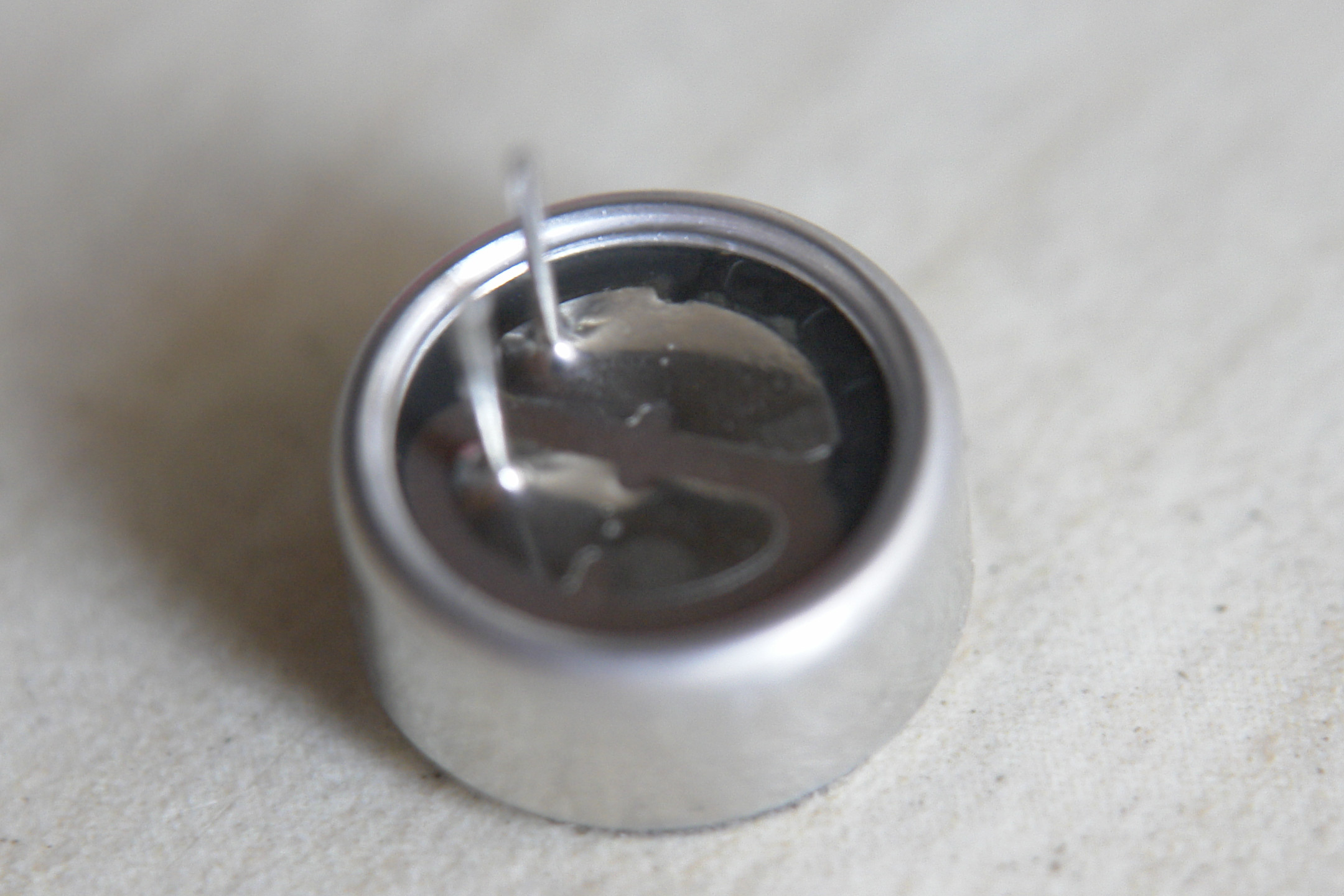I am doing a classic LED - sound reactive project. The only thing that is bothering me is that my electret microphone (MAX4466 from Adafruit) is clipping, and it is because the maximum gain of this microphone is 125dB. Usually it is enough, but for not for my project.
I need to put the microphone inside of a drum (kick drum.) The signal clips every time I hit hard on the drum. I need to find a way to reduce the microphone's sensitivity even more. I thought about the following solutions:
- Put something in front of the microphone to attenuate the sound.
- Unsolder the electret microphone, and put another one that has a higher SPL.
- Maybe change the resistance of the adjustable gain to increase the maximum gain (instead of the 10k to 100k ohm, I solder a higher resistance.)
I know that the difference between the maximum and minimum gain will stay the same. With a microphone that detects sound from 25dB to 125dB, lets say I attenuate sound, it might detect 45dB to 145dB. In my case, I don't care about the lower sounds, I am only looking for the loud BOOMs.
I looked everywhere on the internet, but everyone wants a better sensitivity, and I am looking for the opposite.

